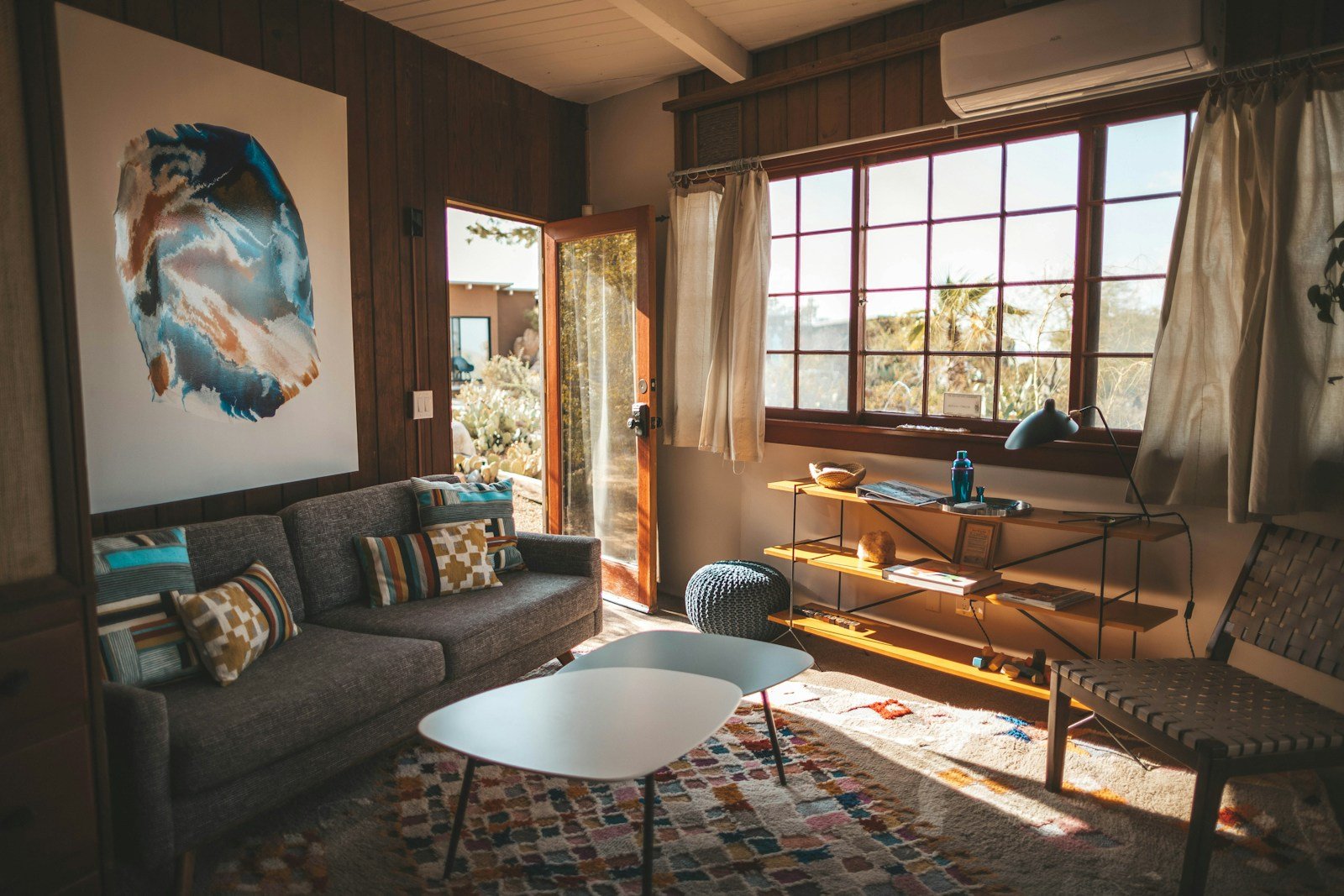Natural light is one of the most valuable resources we have access to, yet it’s often underutilized in modern homes. By strategically incorporating sunlight into your living spaces, you can significantly reduce your reliance on artificial lighting and lower overall energy consumption. This approach not only helps cut down utility bills but also supports a more sustainable lifestyle by reducing carbon footprints associated with electricity use.

Benefits of Maximizing Natural Light
Using natural light offers several advantages beyond just lowering energy costs. It enhances the visual appeal of interior spaces, making them feel more open and welcoming. Studies have shown that exposure to daylight can improve mood, productivity, and even sleep quality. In addition, it reduces the need for artificial lighting during the day, which means fewer bulbs are used over time, leading to less waste and lower environmental impact.
Understanding How Natural Light Enters a Home
Natural light enters homes primarily through windows, skylights, and other openings in walls or ceilings. The amount of daylight that reaches inside depends on several factors, including the orientation of your home, local climate, and the time of year. For instance, south-facing windows in the Northern Hemisphere receive the most consistent sunlight throughout the day. Understanding how light behaves in your specific space can help you make more informed decisions about interior design and window placement.
How to Optimize Window Placement for Natural Light
If you’re designing a new home or renovating an existing one, consider strategic window placement as part of your plan. South-facing windows are ideal because they receive direct sunlight for much of the day, especially in regions with cold winters. East- and west-facing windows can be useful for morning or afternoon light, but may require additional shading to prevent glare and overheating during peak hours.
Even if you’re not involved in construction, there are ways to enhance your existing window setup. For example, removing heavy curtains or furniture that blocks sunlight can make a noticeable difference in how much daylight enters a room.
Using Reflective Surfaces to Amplify Natural Light
One of the most effective and affordable methods for increasing natural light is by using reflective surfaces. Light-colored walls, floors, and ceilings help bounce sunlight deeper into a space, making it feel more open and bright. Mirrors are also excellent tools; positioning them strategically near windows or in dark corners can redirect light and create the illusion of larger rooms.
Avoiding dark paint colors and opting for lighter shades not only enhances brightness but can also contribute to a calmer and more inviting atmosphere in your home.
Light-Diffusing Window Treatments
While allowing sunlight into a room is beneficial, glare and excessive heat can be problematic. To address these issues, consider using light-diffusing window treatments such as sheer curtains or translucent blinds. These options filter harsh sunlight while still permitting ample natural light to enter the space.
Some treatments also help regulate temperature by reducing direct solar gain, which in turn lowers cooling costs during warmer months. Finding a balance between brightness and comfort is key when selecting window coverings.
Incorporating Skylights and Sun Tunnels
For homes with limited access to natural light—such as those with small windows or deep interior rooms—skylights and sun tunnels can be excellent solutions. These features channel sunlight from the roof into lower areas of the home, providing illumination even in spaces that would otherwise remain dim.
Modern designs offer energy-efficient models that minimize heat loss during colder months while still allowing daylight to penetrate. These additions are especially useful in homes with large open-plan layouts or those located in regions with long winters and short days.
Designing Open Spaces for Better Light Flow
The layout of a home plays a crucial role in how effectively natural light is distributed throughout the living areas. Open floor plans allow sunlight to travel more freely, reducing shadows and creating a more evenly lit environment. Removing unnecessary partitions or using open shelving instead of closed cabinets can also help improve visibility and light flow.
In addition, arranging furniture in ways that don’t block windows or create dark zones within a room helps maintain an even distribution of natural light throughout the day.
Integrating Smart Lighting Solutions
While maximizing natural light is ideal, there are times when artificial lighting will still be necessary. To ensure efficiency, consider integrating smart lighting solutions that work in harmony with daylight. Motion sensors, timers, and dimmer switches can help reduce energy use by automatically adjusting brightness based on ambient light levels.
Smart bulbs that adjust to the time of day or respond to natural light conditions are another way to create a seamless transition between artificial and natural illumination. These technologies not only enhance convenience but also contribute to long-term energy savings.
Practical Tips for Everyday Use
To make the most of your home’s existing features, start by cleaning windows regularly to ensure maximum sunlight penetration. Dust and grime on glass can significantly reduce light transmission. Additionally, consider rearranging furniture periodically so that all areas of a room receive equal exposure to daylight over time.
Using lighter-colored decor in darker rooms can also help reflect light more effectively without requiring major renovations. Small changes such as these can have a noticeable impact on overall brightness and energy use.
Final Thoughts
Maximizing the use of natural light is an accessible, cost-effective way to reduce energy consumption while improving the comfort and aesthetic appeal of your home. Whether through strategic window placement, reflective surfaces, or smart lighting technologies, there are countless ways to make the most of sunlight without major renovations or expenses. By taking these steps, you can enjoy a more sustainable living environment that benefits both your wallet and the planet.







